The New York Interns Spending their Summer in a Cemetery
 Shechem Scatt cleaning a headstone at the Gracie lot in Woodlawn Cemetery. (All photos: Ella Morton)
Shechem Scatt cleaning a headstone at the Gracie lot in Woodlawn Cemetery. (All photos: Ella Morton)
It’s a Wednesday morning in August, and a heat wave in New York has turned the city air thick and hazy. Freed from the demands of school for the summer, most teenagers would choose to hit the beach or play video games. But 18-year-old Shechem Scatt has been spending the last few hours happily cleaning 19th-century gravestones.
Scatt, clad in a white hard hat, bright orange t-shirt, and sturdy pants, is one of a dozen interns who have been chosen to spend the bulk of their summer learning how to spruce up mausoleums, monuments, and headstones at Woodlawn Cemetery in the Bronx. Recruited from trade schools, colleges, and social programs around the city, they are the first participants in the cemetery’s Preservation Training Program, created in partnership with the World Monuments Fund. The 12 interns will receive nine weeks of training in the art of stonework restoration.
A typical workday, which runs from 8 a.m. until 2:30 p.m., may involve fine-tuning their caulking skills on planks of plywood, studying stone types in a trailer classroom located across the street from the cemetery, or cleaning the headstone of Titanic survivor Archibald Gracie IV.
Applying to work at the cemetery for the summer, Scatt says, was ”one of the best decisions I have made.”
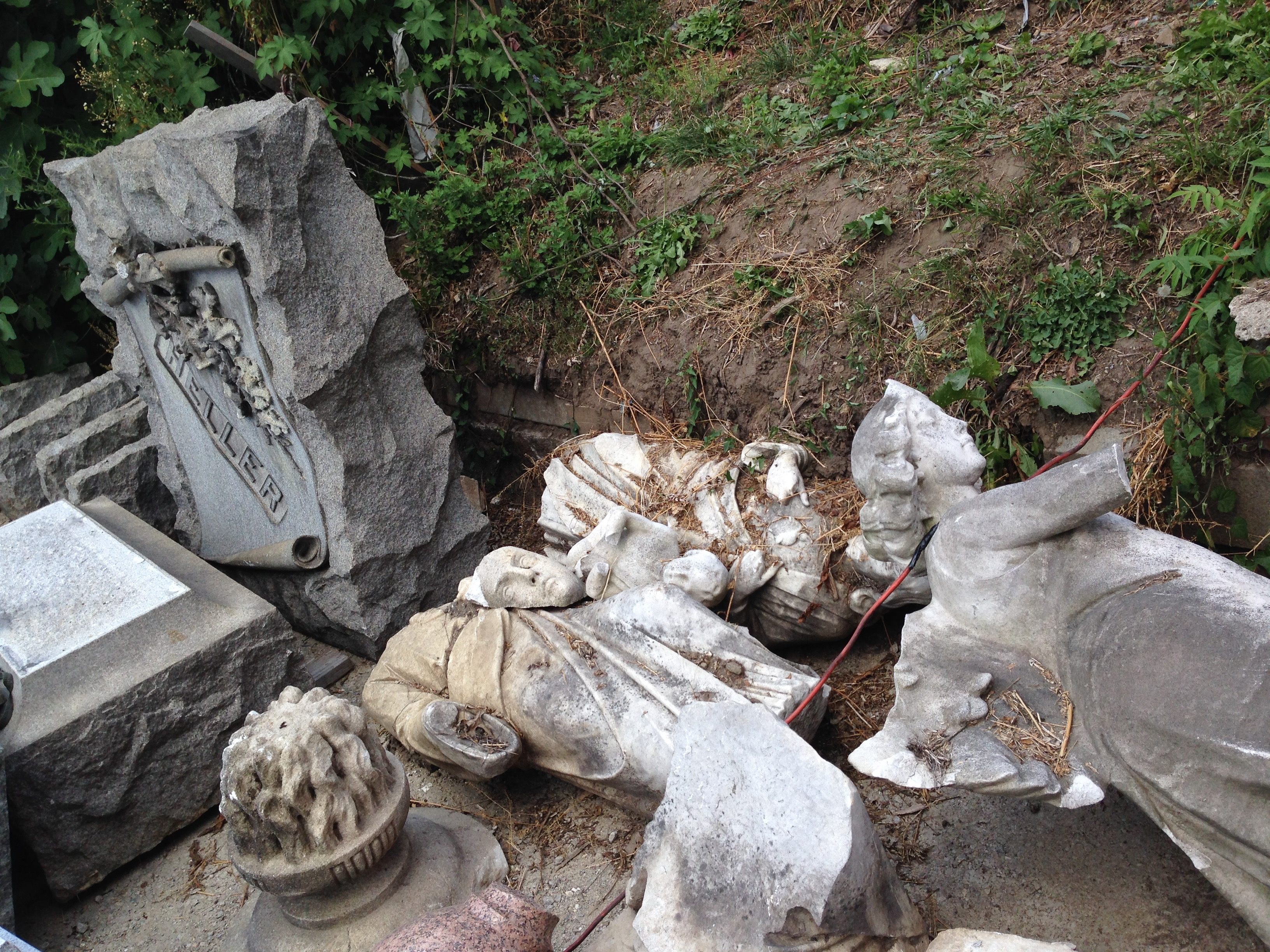
Many of the interns had never been to Woodlawn Cemetery before beginning the program. Teddy Espinal, 18, hadn’t spent much time in graveyards at all. “I look at the cemetery differently now,” he says. Before this I used to be like, ‘Oh, dead people.’ But now I think about stones, and maintaining and cleaning and working on stuff. It’s less scary.”
The idea of spending summer days among the dead never fazed intern Melanie Ayala. Growing up in a Mexican family where the Day of the Dead was celebrated each year, Ayala always revered cemeteries, an attitude that has influenced her approach to the daily tasks at Woodlawn.
“I always talk to the headstones,” she says. ”I was cleaning this one, her name was Sophia. Sophia Stark. And I was like, ‘I got you, Sophia. I’m going to clean you right up.’”
When working on the stones, Ayala thinks about the lives of those buried beneath. “I pay attention to the names, and I pay attention to the dates,” she says. “I saw a few headstones that had my birthday. It just makes you be happy that you’re above ground for another day.”
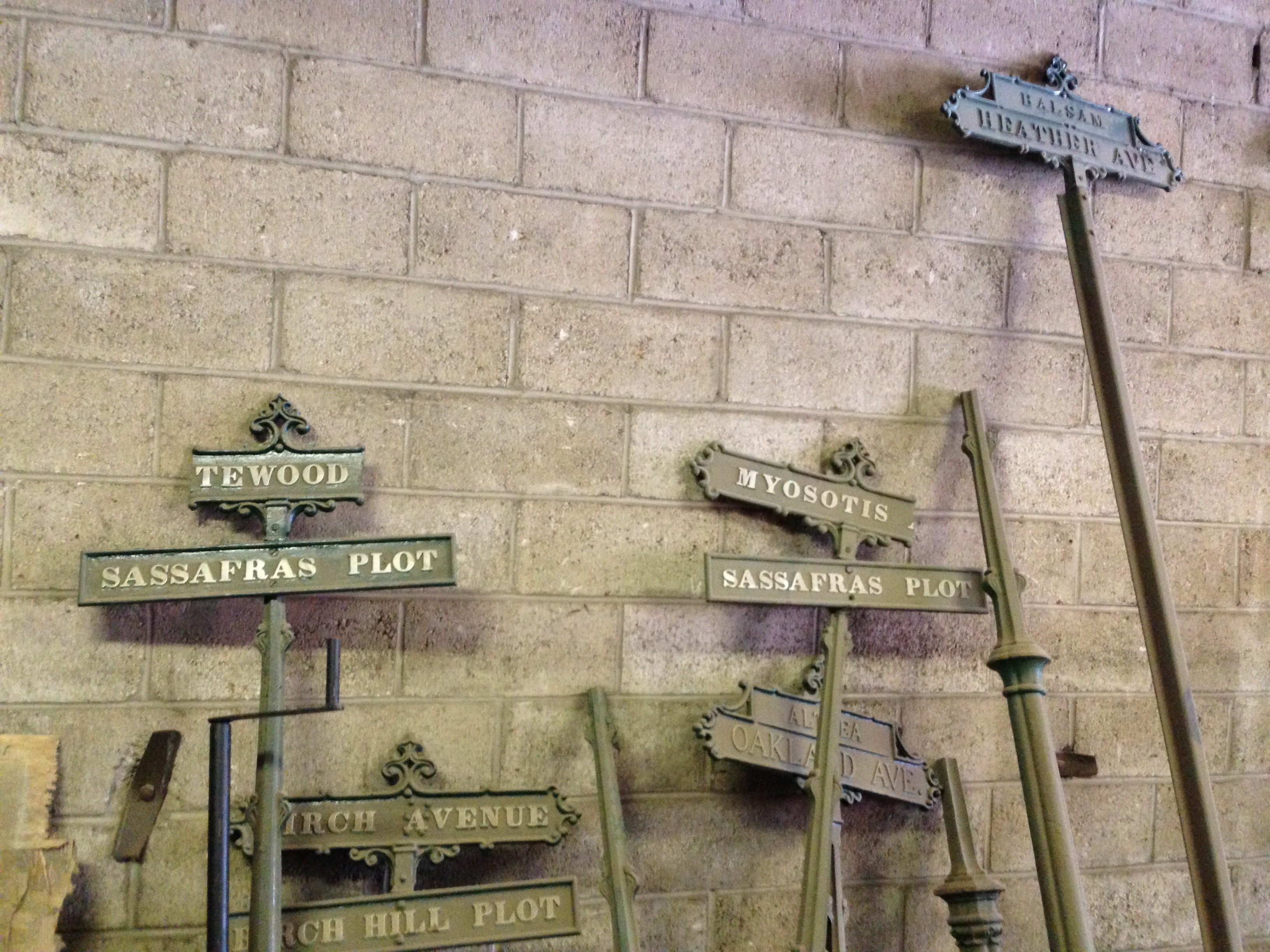
Many of the interns preferred the cemetery to office jobs. Scatt’s school, the Williamsburg School for Architecture and Design in Brooklyn, ”has had lots of other internship opportunities and apprenticeship opportunities,” says Scatt, but the cemetery program was the one that drew his attention.
Fellow intern Ayala agrees. The lone woman among the dozen young workers, Ayala was interning for New York State senator Kevin Parker when she became aware of the Woodlawn program via an email. At first, she hesitated, wondering if it was right for her.
“Maybe this doesn’t cater to me, because I’m a girl,” the 23-year-old recalls thinking. But another thought followed: “What I just said in my mind is what all of me stands against.” Long accustomed to being the only girl on soccer teams and in dance crews, Ayala applied to intern at Woodlawn. Having learned a range of construction and restoration techniques at the cemetery, she now plans to work with her father, a construction foreman, before eventually becoming a paramedic.
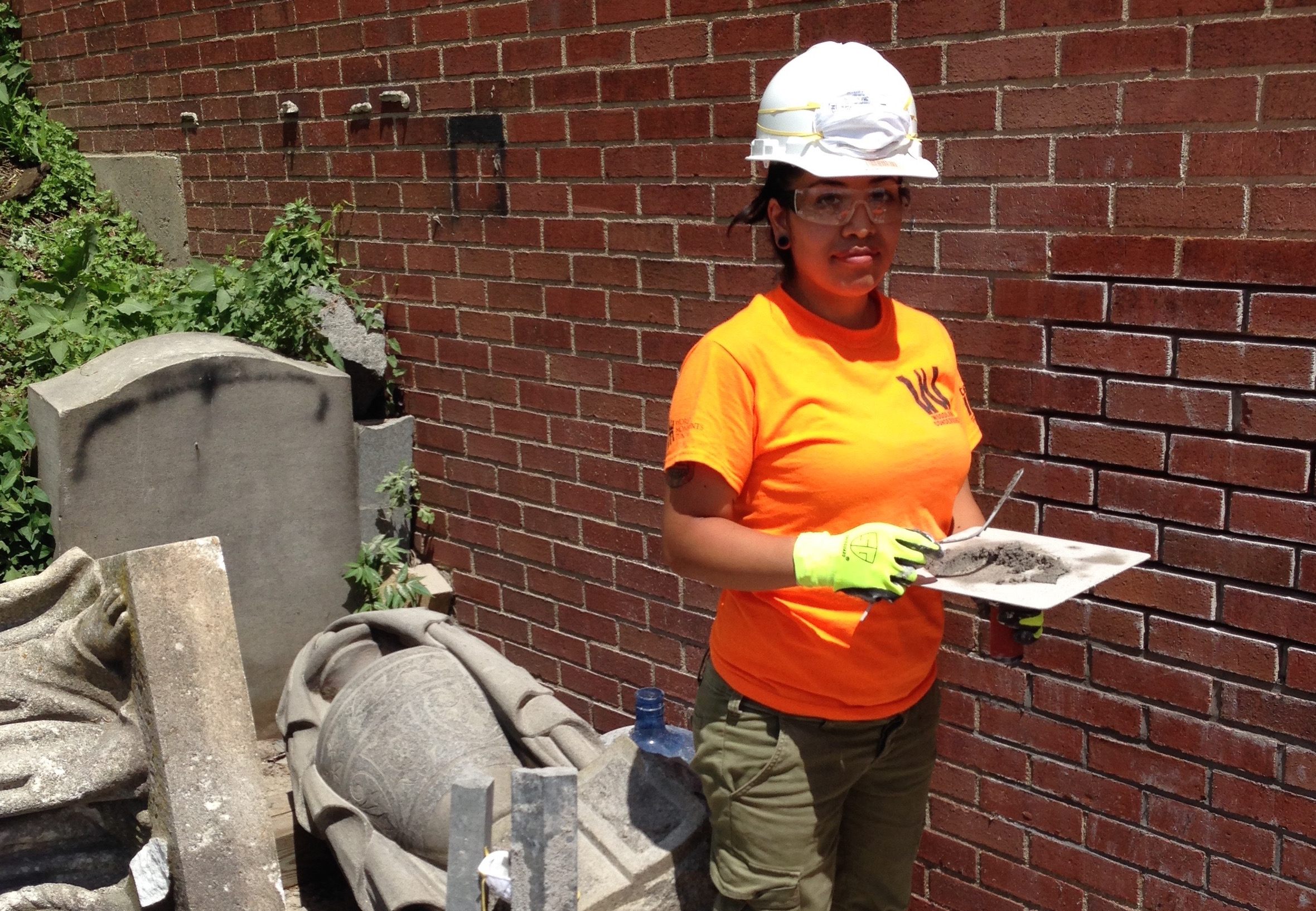 Melanie Ayala.
Melanie Ayala.
At this end of the program, two of the 12 interns will then be selected for a 19-month apprenticeship in masonry conservation and maintenance at Woodlawn. Competition is fierce, and everyone is working hard to impress while being supportive of one another. “We’re making it really hard for them to choose the two that will stay here,” says Luis Liz Cruz, who is 20.
As for the 10 who won’t continue on at Woodlawn, there are several other post-internship employment options. During the final week of the program, the group will be at the International Masonry Institute (IMI) training center, where they will take certification tests in occupational safety and health as well as scaffolding training. Dennis Holloway, a director of training at the IMI, has been observing the interns in action and is eager to find new workers for stonework restoration projects around the city—his projects include New York icons like the Chrysler Building, the Museum of Natural History, and the Empire State Building.
Of course, the main difference between cleaning gravestones at Woodlawn and restoring the eagles on top of the Chrysler Building is the altitude. As a trainer and restoration worker, Holloway has encountered people who say they have no fear of heights, but then run into trouble at a crucial moment. ”Everybody comes to me and says ‘I don’t have a problem, I don’t have a problem,’” he says. “Then I stick them on the Empire State Building and they have a problem.”
Regardless of where each intern ends up after the Woodlawn program, their summer in the cemetery has already made a big impact. Not only have they learned a wide range of practical restoration skills, but spending time among the headstones has made them reflect on the nature of remembrance. Some of the inscriptions on the stones have become obscured by years of built-up dirt and biological growth. To carefully scrub that away and reveal the name of someone who died long ago is to revive their memory and honor their life—regardless of who they were.
“When you hear someone say that somebody will never be forgotten, it’s usually said in reference to somebody that made an impact on a huge amount of people’s lives, like a celebrity or something like that,” says Ayala. “But everybody’s life matters. Everybody was here for a reason.”

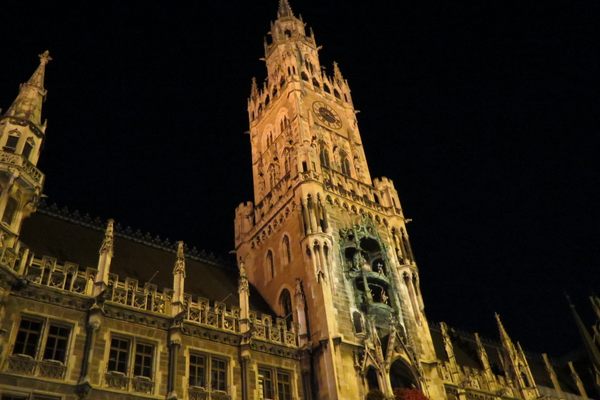
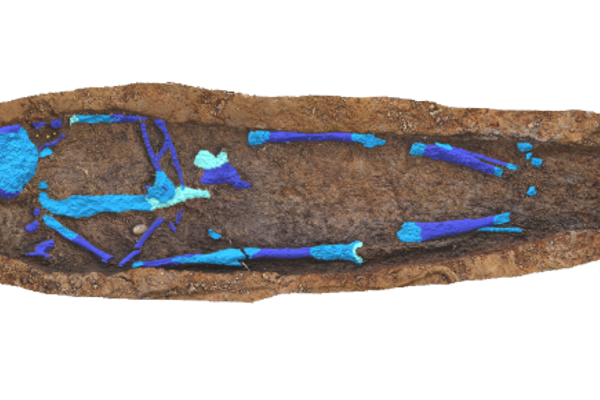
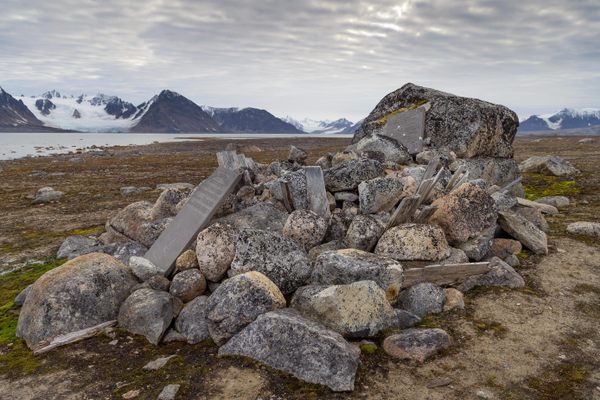
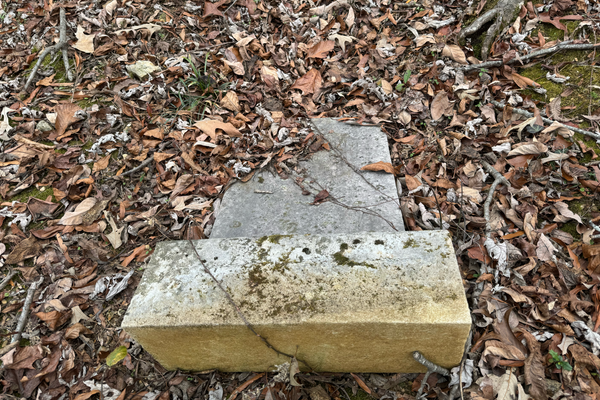










Follow us on Twitter to get the latest on the world's hidden wonders.
Like us on Facebook to get the latest on the world's hidden wonders.
Follow us on Twitter Like us on Facebook